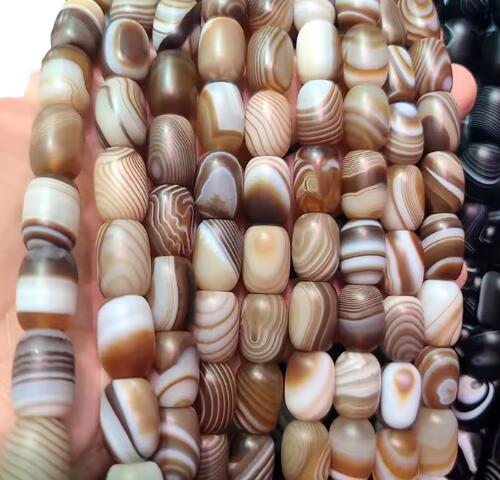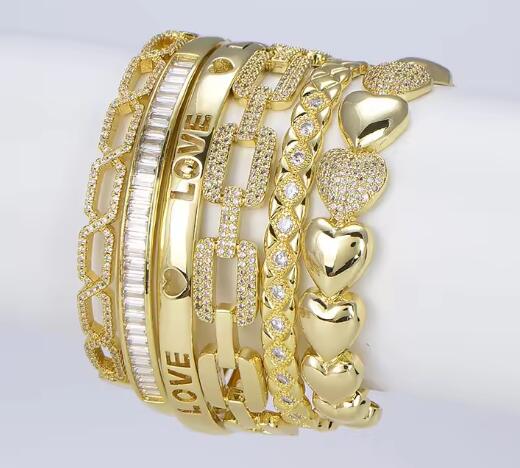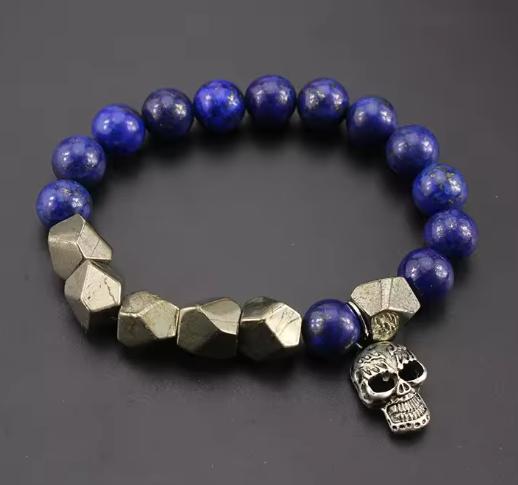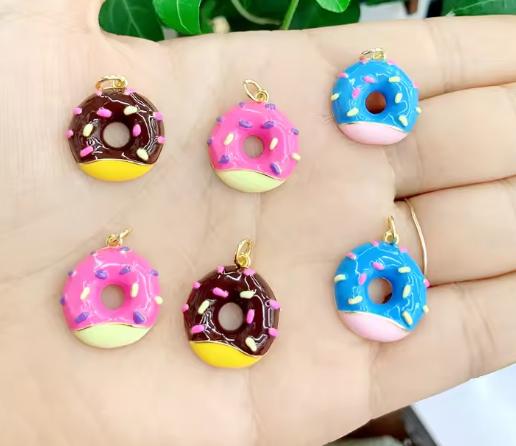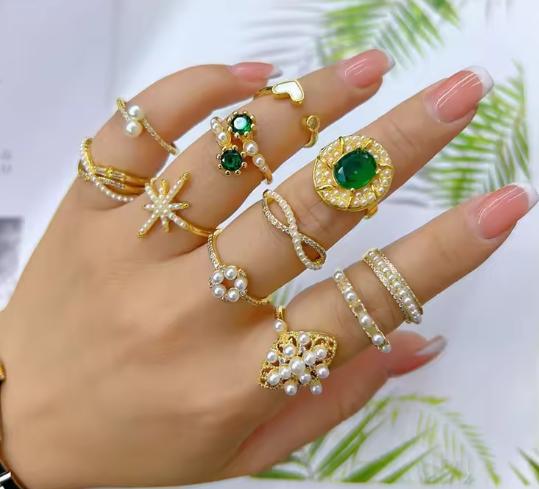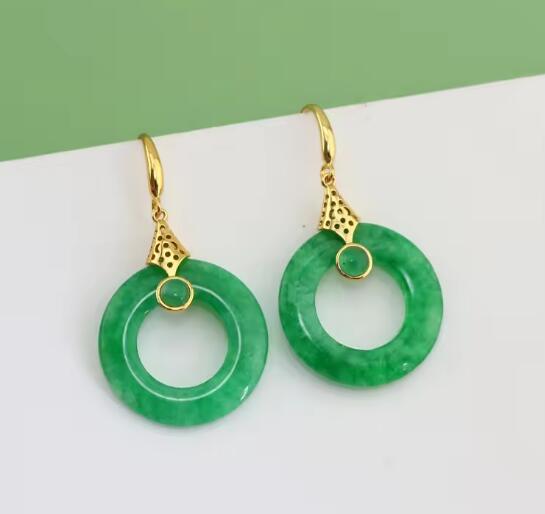Is Ultrasonic Cleaning Safe for Your Natural Stone Jewelry?
Ultrasonic cleaning technology has revolutionized jewelry maintenance, offering unparalleled deep-cleaning capabilities. However, when it comes to natural stone jewelry, this advanced cleaning method requires careful consideration. The safety of ultrasonic cleaning depends entirely on the specific properties of each gemstone, making informed decision-making essential for proper jewelry care.
Ⅰ.Understanding the Cleaning Mechanism
Ultrasonic cleaners generate high-frequency sound waves that create millions of microscopic bubbles in the cleaning solution. Through a process called cavitation, these bubbles implode with tremendous force, effectively blasting away dirt and grime from intricate settings and hard-to-reach areas. While this proves highly effective for many materials, the intense energy can compromise certain natural stones' structural integrity.
Ⅱ.High-Risk Stone Categories
Several natural stone types require special consideration:
1)Porous and Absorbent Varieties: Stones like turquoise, malachite, and coral contain natural pores that can absorb cleaning solutions, potentially causing permanent discoloration and structural weakening
2)Layered and Banded Formations: Opals, moonstones, and labradorite feature internal structures that may separate or develop fractures under sustained vibration
3)Fracture-Prone Crystals: Emeralds, tanzanite, and iolite often contain natural inclusions that can expand when subjected to ultrasonic vibrations
4)Treated and Enhanced Stones: Many commercial gemstones undergo treatments like fracture filling or dyeing that ultrasonic cleaning can reverse or damage
Ⅲ.Suitable Candidates for Ultrasonic Cleaning
Certain durable stones withstand ultrasonic cleaning well:
1)High-Hardness Single Crystals: Diamonds, sapphires, and rubies (without significant inclusions) typically handle ultrasonic cleaning without issues
2)Compact Mineral Structures: Quartz family gems including amethyst, citrine, and agate generally tolerate the process well
3)Non-Porous Dense Materials: Garnet, spinel, and tourmaline usually present minimal risk when cleaned properly
Ⅳ.Recommended Alternative Cleaning Methods
For delicate or questionable stones, consider these safer approaches:
1)Manual Cleaning: Use lukewarm water with mild dish soap and a soft-bristled toothbrush for gentle scrubbing
2)Steam Cleaning: Effective for surface cleaning of non-porous, heat-tolerant stones
3)Professional Services: Recommended for valuable, antique, or uncertain pieces
4)Dry Cleaning Techniques: Microfiber cloth wiping for routine maintenance between deeper cleanings
Ⅴ.Essential Pre-Cleaning Assessment
Before considering ultrasonic cleaning:
1)Conduct Visual Inspection: Examine stones under magnification for existing cracks, chips, or loose settings
2)Research Specific Properties: Understand your stone's hardness, porosity, and stability characteristics
3)Perform Spot Testing: When uncertain, test cleaning methods on inconspicuous areas first
4)Seek Expert Consultation: Consult with professional jewelers for high-value or sentimental pieces
Ⅵ.Implementing Safe Cleaning Practices
For stones that can tolerate ultrasonic cleaning:
1)Use Appropriate Solutions: Select cleaning fluids specifically designed for jewelry
2)Limit Exposure Time: Keep cleaning sessions brief (typically 2-5 minutes maximum)
3)Monitor Temperature: Ensure solutions remain at room temperature
4)Separate Pieces: Clean different jewelry items individually to prevent contact damage
Ⅶ.Conclusion: Prioritizing Stone Safety
While ultrasonic cleaning offers remarkable cleaning power for jewelry maintenance, its application to natural stone pieces demands careful judgment. The most reliable approach involves understanding each stone's unique characteristics and vulnerability factors. When questions arise, conservative cleaning methods and professional guidance provide the safest path to maintaining your natural stone jewelry's beauty and integrity. By matching cleaning methods to specific stone properties, you can ensure your precious gems remain vibrant and undamaged for generations, preserving both their aesthetic appeal and intrinsic value.
